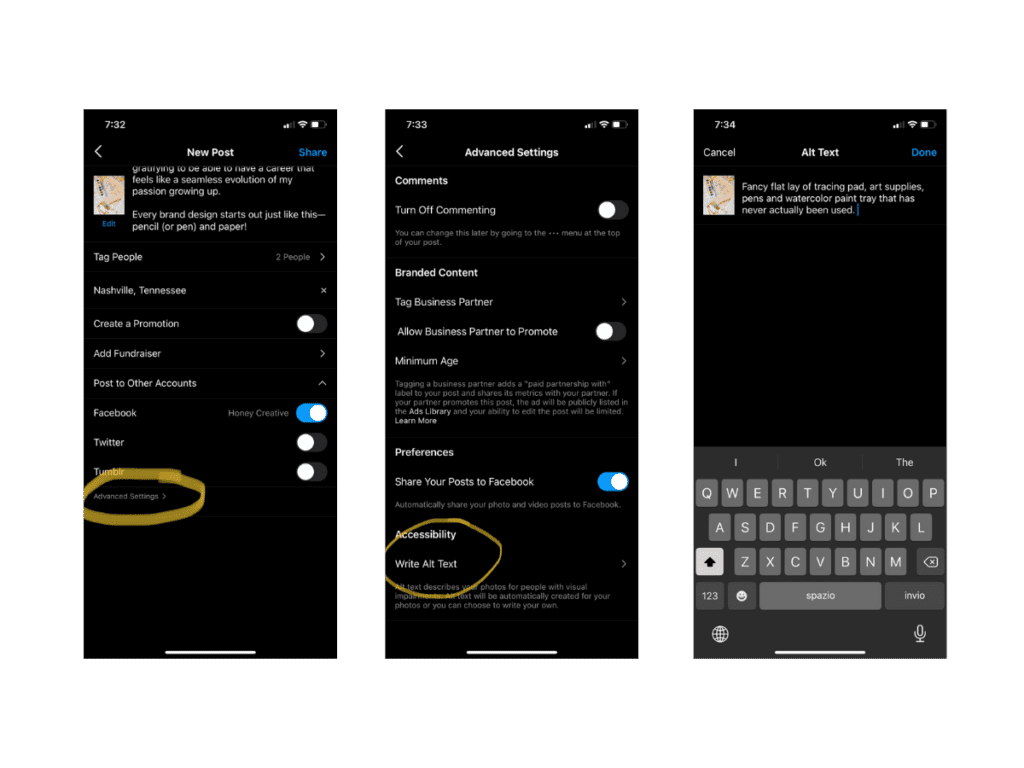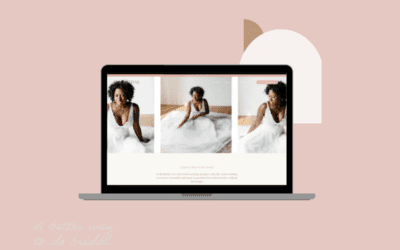It’s crucial to ensure all your hard work and effort with content creation is being seen by as many viewers as possible! Here are some quick and easy ways to increase your brand’s inclusivity on social media.
Instagram and TikTok have stepped to the forefront as visual platforms and it’s not surprising to hear nearly 84% of organizations use social media to recruit for employment. But the problem is that not all content is made for all audiences, particularly those with varied abilities, to experience it. So that open position announcement video you posted to generate excitement without captions is completely unknown to individuals in the deaf and hard of hearing community. Or your post without alternative text was seen by your visually impaired Nana who now thinks you’re expecting not accepting new clients…
Related Post: 3 Reasons to Use Branded Social Media Graphics
Every brand or business has a personal responsibility to make an effort to ensure their content is more accessible on social media. Check out these quick tips for your social media use to reach the largest audience possible, including those with varying abilities:
1. Stop using emojis as bullet points
For text-to-speech users your fun, quirky bullet points can be absolutely detrimental to understanding what your post is actually about. Although it’s well-intended for easier readability (breaking up text is definitely a great way to encourage people to actually read a longer post) using emojis in the middle of your text and repeatedly is a no-go. The post you made with a million smiley emojis sounds crazy when translated. (*Smiling Face with Smiling Eyes: Medium-Dark Skin* *Dizzy Symbol*)
Try this: Use less emojis and keep them at the end or beginning of your text. Search on emojipedia.com to see the translation and choose options that have clear interpretations.
2. Use Alt Text for Images
In Advanced Settings, you can now add alternative text to your images within Instagram. Right before posting your puppy pic, scroll to the bottom and click the Advanced Settings button. Add descriptive text describing your photo in detail and be sure to include:
- Objects or key information
- Color
- Transcribe any text in the frame
- Be funny (it doesn’t have to be so serious all the time!)

3. Caption Your Videos
This one is becoming more common on stories to prevent viewers from exiting, but it’s just as important for longer format videos on IG TV, Live or YouTube. Not only does it obviously assist the deaf and hard of hearing community, it also helps out non-native language viewers.
You can turn on auto-captioning for IG TV under Settings, Account, then click Captions to active. If you’re pre-recording content, there are tons of sites and apps available, I use MixCaptions.
4. Include Contact Information
Ok, well hopefully you’d have this anyway, but if an audience member has a question or needs additional information in an alternative format having an easy email button is a great way to encourage access to points of contact.
Of course there are tons of other ways to increase inclusivity but these quick fixes are intended to be a great start toward increasing accessibility to your content and encouraging a wider audience to follow along!



